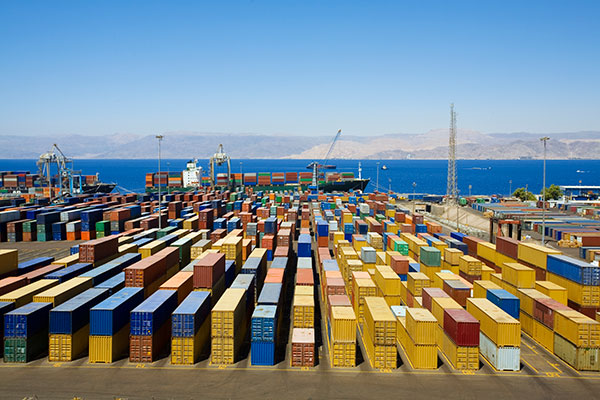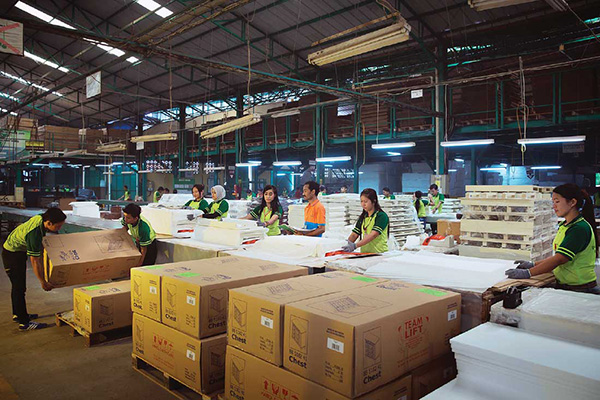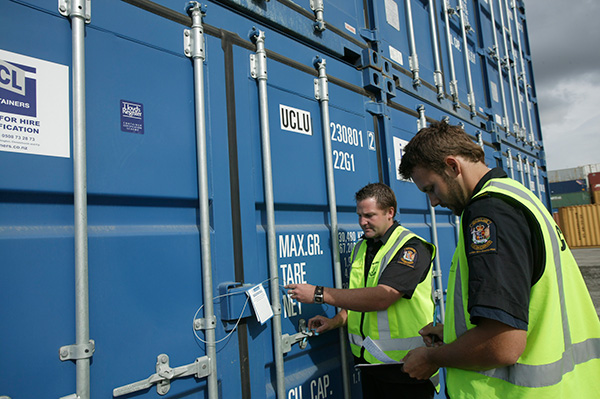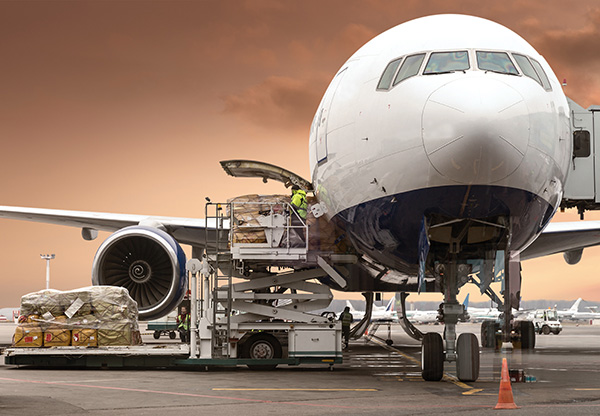Asean Sourcing offers a complete and specific solution to each customer.
AIR CARGO SERVICE
It is the fastest and most secure means of transport. We handle the protection of your goods with standard packing (cartons) or reinforced packing (wooden boxes). The parcels are then forwarded to the nearest international airport.
Our partners are international standing airlines, or express delivery companies, famous for their punctuality. Transport times are only a few days door to door. Prices are calculated on a volume/weight ratio.
INSURANCE
The subscription of an insurance policy is highly recommended for international shipments. Usually, a fee of around 2% is added on the total value of the invoice, and it insures the goods until the port of destination.
We also recommend acquiring a local insurance policy upon arrival of the goods in the country of destination for the routing of those to your warehouse.
OCEAN FREIGHT SERVICE
It is the most economic means of transport. There are 2 shipping options depending on volumes, goods and destinations:
- LCL/Less than a Container Load:
This service is intended for the shipment of goods whose volume does not fill a 20 feet container. Goods are packed in cartons or wooden boxes specially tailored to the dimensions of your products.
LCL shipment involves a higher risk, in particular for goods considered fragile since it requires more handling operations. From 13 cubic meters of goods, it is generally considered that it is more economical to ship in a 20 feet container (FCL). - FCL/Full Load Container:
This service is available in 20 feet (33.2 cubic meters), 40 feet (67.7 cubic meters) and 40 feet High Cube (76.4 cubic meters), or approximately 300, 600 and 700 carton boxes of standard size (60 cm X 48 cm X 35 cm).
The container is the international transport standard with many advantages: it is sealed before departure at the local forwarding agent, which enables your goods to travel with an increased safety.
Handling is minimized, and the risks of problem with, because the goods, once the container is sealed, are no longer moved until the arrival at its final destination.
Last but not least, the container allows an optimization and an optimal division of the costs of transport by its high filling capacity.

Transport times from Indonesia, Java or Bali, are from 4 to 6 weeks to the port of destination, according to the geographical area.
PACKING
Packing materials are varied in shapes, features and level of protection. Here is a list of the most frequently used:
- Stuffing paper: Ideal to protect fragile handicraft as well as compact statues.
- Polycell: “bubbles” plastic film particularly used to protect fragile items.
- Polyfoam: Fine foam film, used for all furniture.
- Foam: Available in various thicknesses, used for the protection of mirrors and glass objects.
- Corners protection: Made of thick cardboard, which allows a very effective protection of the corners of furniture.
- Cardboard sheets: Used for the final packing of furniture.
- Plywood boxes: Usually used for small statues and ceramics.
- Wooden structures: Used for heavy and bulky statues and potteries.
- And also: Plastic bags to protect clothing from moisture, cardboard box for handicraft and textile.

Moisture in Indonesia is very high throughout the year, heavy rainy season being from late October until late February. As a consequence, most of what is shipped contains a significant amount of humidity that could damage the goods in contact with a higher temperature in the container.
So we have three available options in order to reduce this risk:
- Silica gel: By bag of one, fifteen or fifty grams. Like those you can find by purchasing electronic devices
- Moisture absorbers: various sizes are available. They are suspended on the walls of the containers, with a minimum of 4 pieces per 20 feet container, 8 pieces per 40 feet container, and 10 pieces per 40 feet High Cube container.
- Plywood panels can also be placed along the walls of the container, this limiting the contact of the goods with condensed water flowing down the walls.
REGULATION ON PACKING AND ANTI-SHOCKS WOOD (ISPM.15) AND FUMIGATION
This inspection guarantees that the wood used for packing and anti-shock does not contain parasites nor of barks, and shows a satisfying moisture level. The certificate is invoiced according to the number of parts.
A fumigation of your container can be carried out before the departure whatever the destination. Be careful because almost all destinations follow this recommendation of the F.A.O. (Food and Agriculture Organization).
2010 INCOTERMS
Incoterms were created in order to harmonize and of unify global trade. Their role is to define the obligations of the seller and the buyer during an international trade. More precisely, they define the time at which legal title of the goods transfers from seller to buyer. In addition, being responsible for the goods implies: to take on logistics, the choice of means of transport, related costs (Customs, insurances) and all the risks such as damages, losses or thieves, etc…
As a result, 2010 incoterms define, without any possible ambiguity, when and who must assume the freight insurance.
It is at the time of the execution of the contract that the buyer and the seller together set the incoterm which will govern the duties of each one. These terms are in no way related to an official protocol demanding their use according to a specific situation. The choice is established by a negotiation, resulting in the appointment of an incoterm that will satisfy both parts.
CUSTOMS AND CLEARANCE PROCEDURES
Although global logistics have been streamlined in recent years, they still remain a complex and time consuming process. From Customs declarations, goods analysis, Customs clearance nomenclature… it is a real headache. It is often easier to go through an intermediary who will facilitate the process rather than trying to manage by yourself logistics between your suppliers and your forwarding agent.
When buying products in bulk abroad, you must pay Customs duties and of course VAT. Customs duties are calculated “ad valorem” on the CIF value (value including purchase cost, insurance and transport to destination).

To calculate your Customs duties, you need to know the 10 digits code of your product in the international nomenclature, which will enable you to determine the tariff classification of the goods and therefore its rate of Customs duties. Be careful not to make mistakes which could result in lower or higher Custom fees.
Then calculating your Customs duties is the following:
Customs duties = tariff rate (%) X Customs value
Customs value = product value + transport costs + insurance
VAT is generally calculated by combining the total costs of the order, plus the costs of insurance and shipping, multiplied by the VAT rate of the country of destination.


